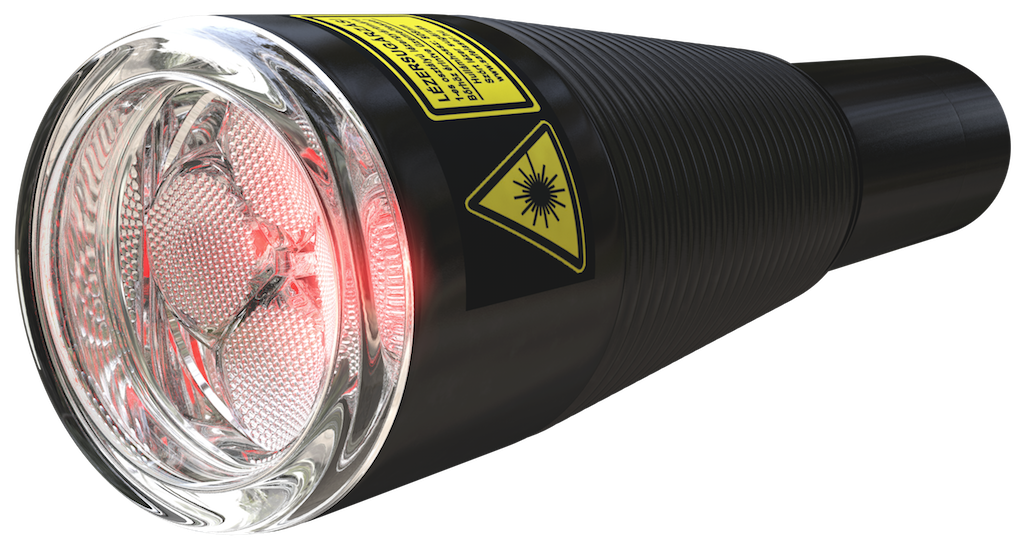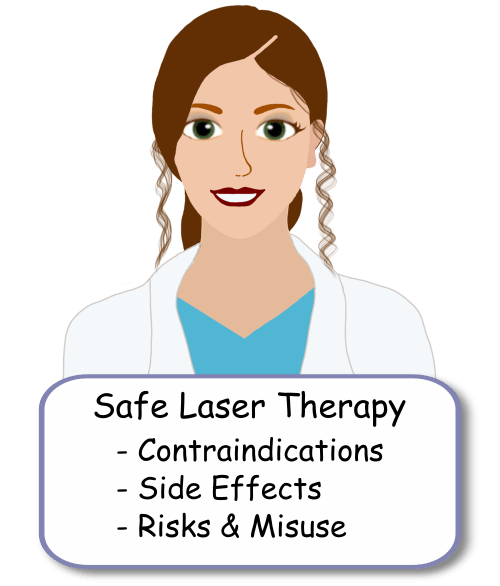Top Reasons To Selecting A Safe Laser Device
Top Reasons To Selecting A Safe Laser Device
Blog Article
What Do Safe Laser Low-Level Laser Therapy (Lllt) That Is A Low-Level And Safe Laser, Aid In Healing Ulcerative Wounds?
Safe Laser low-level laser therapy (LLLT) helps with wounds that are ulcerative by utilizing a variety of mechanisms- stimulation of Tissue Repair- LLLT stimulates cell metabolism and proliferation, leading to accelerated tissue repair and renewal. It also promotes collagen synthesis as well as angiogenesis which are essential procedures in healing wounds. This may speed up the healing of ulcerative wounds.
Reduced Inflammation LLLT has an anti-inflammatory effect through the inhibition of cytokines which cause inflammation and promoting mediators that reduce inflammation. LLLT is beneficial in the treatment of wounds that are ulcerative, where inflammation may result in tissue damage and delay healing.
Pain Relief - LLLT reduces pain and inflammation in ulcerative lesions, which may be associated with discomfort or significant discomfort.
Enhanced Blood Circulation - LLLT improves vasodilation and microcirculation which results in an increase in circulation of blood to the site of the wound. The improved blood flow provides oxygen and nutrients, which promotes healing. It also aids in the removal waste products and toxic substances from the site of wound.
LLLT has antimicrobial properties, which reduces the risk of infections in ulcerative sores. LLLT reduces the risk of infection, and also speeds up healing through encouraging the removal of bacterial and preventing colonization of the wound.
Reduced Scar formation Reduction of Scar Formation LLLT can minimize scarring from ulcers through the stimulation of the regeneration of tissue and its remodeling. LLLT stimulates the collagen fibers' production and encouraging the alignment collagen bundles can result in stronger, more well-organized scar tissue.
Overall Low-Level Laser Therapy with Safe Laser is a safe and non-invasive treatment for wounds caused by ulcers. This treatment speeds up healing of wounds, decreases discomfort, and improves overall wound outcomes. It is important to speak with a professional regarding the proper treatment for wounds. Take a look at the best
safe laser bérlés for website examples including gyógyító lézer készülékek, lágylézer ár, lágylézer kezelés, lágylézer árak, lágylézeres készülék, orvosi lágylézer, safe laser kezelés budapest, orvosi lágylézer, lágylézer készülék bérlés, lágylézer vásárlás and more.
How Can Low-Level, Safe Laser Therapy Help In The Treatment Of Throat Problems?
Safe Laser low-level laser therapy (LLLT) is a solution to numerous throat ailments through various mechanisms- Reduction of Inflammation- LLLT has anti-inflammatory properties which help to reduce inflammation of the tissues in the throat. LLLT is beneficial in cases like tonsillitis or pharyngitis, both of which cause inflammation of the tonsils. Symptoms such as swelling, pain and difficulties swallowing may be lessened.
LLLT offers relief from throat pain by reducing discomfort and pain.
Improved Tissue Healing LLLT boosts cell metabolism and growth which results in faster healing and regeneration of tissues. LLLT may help to promote quicker healing for situations like throat ulcers and vocal cords. This can reduce the risk of complications and improve overall health of the throat.
Improved Circulation LLLT boosts vasodilation and microcirculation which leads to an increased blood flow in the tissues of the throat. A better circulation system can transport nutrients and oxygen directly to tissues that are inflamed and decrease inflammation.
Reduced Swelling- LLLT can help reduce swelling in the tissues of the throat through lymphatic drainage, and reducing the accumulation of fluid. This is beneficial for those who suffer from conditions such as post-operative throat swelling or laryngitis.
Management of Voice Disorders LLLT can help improve voice quality and lessen the symptoms associated with vocal disorders like hoarseness or vocal fatigue. By promoting tissue regeneration and reducing inflammation of the vocal cords LLLT can restore vocal function and relieve voice-related symptoms.
Safe Laser's low-level laser therapy is an effective, drug-free method to treat a range of throat ailments. It can help relieve swelling, pain, difficulty swallowing, and other signs. Talk to a doctor about the diagnosis and treatments before you use LLLT. Take a look at the most popular safe laser 150 for site tips including lágylézer készülékek, lágylézer készülékek, lágylézeres készülék, lézeres fájdalomcsillapítás, safe laser használata, lágylézer kezelés, orvosi lágylézer, safe laser vélemények, lágylézeres készülék, lágylézer bérlés and more. 
How Long Is It Before The Effects Of A Safe Laser Start To Be Felt On Acute Situations.
Safe Laser can be used to treat ailment that is acute. The number of sessions required to get results depends on factors like the severity of the condition, how well the person responds to treatment and the protocol that a doctor recommends. LLLT may provide quick relief in cases of acute illnesses. This can include recent inflammations or injuries, as well as sudden pain episodes. In certain instances, patients can experience pain relief, reduced swelling and inflammation even after just a couple of LLLT treatments. In order to enjoy long-lasting, lasting results, it's usually advised to undergo an entire series of LLLT sessions.
The number of LLLT treatments required to treat acute conditions will vary depending on the disease being treated, severity of symptoms, and other aspects including the individual's general health and response to treatment. Healthcare professionals typically modify the treatment program according to the needs of each patient and may require scheduling LLLT sessions at least once per week for a certain length of time.
In order to get the most out of LLLT for acute conditions it is essential to follow the instructions given by the medical specialist. Additionally, individuals may see improvements in their condition with continuous treatment over time. You should discuss any concerns you may have with your physician regarding the treatment progress or the treatment plan.